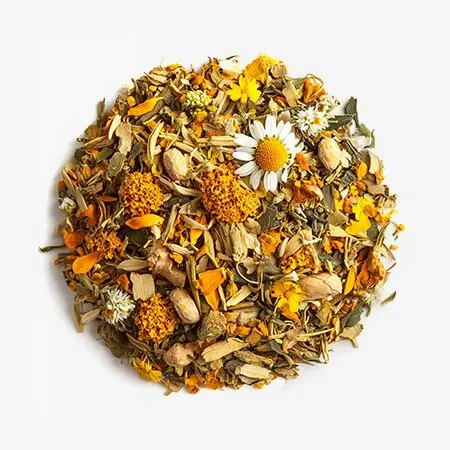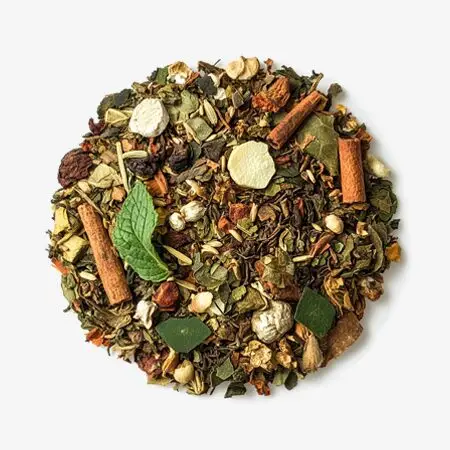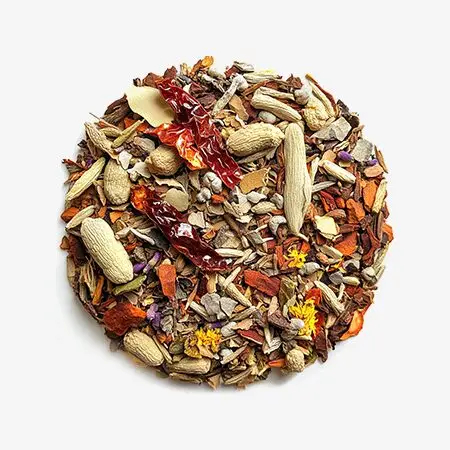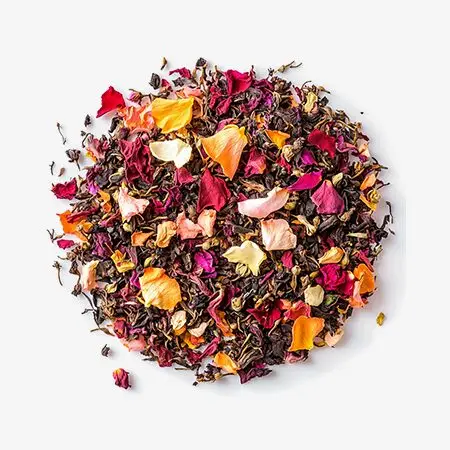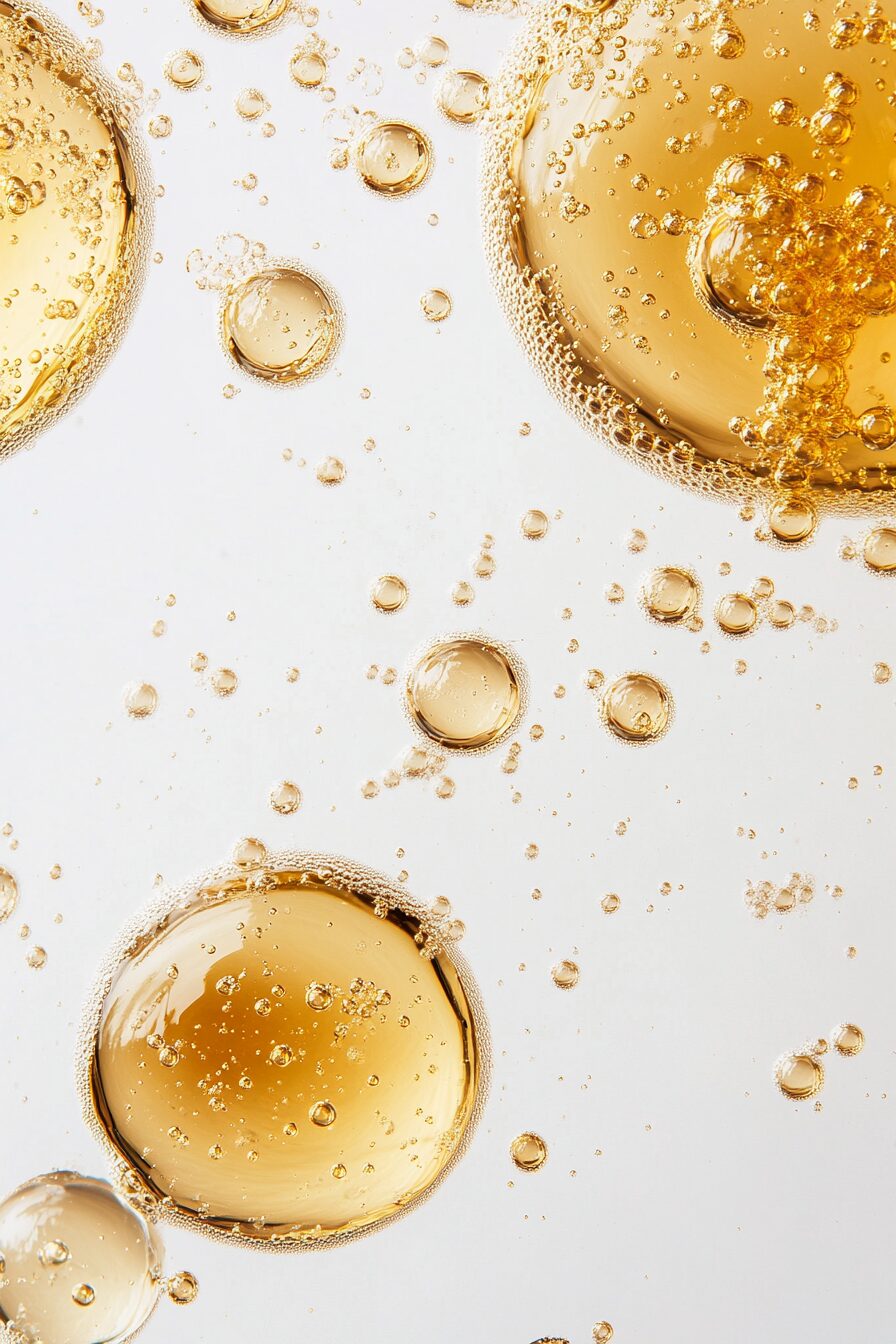
Nourish with SOLAR FOODS

When winter days grow darker, the power of the sun can still be found in the foods we eat. Solar Foods are those vibrant, yellow, and orange-hued fruits, vegetables, and proteins which provide immunity-boosting vitamins, while also supporting mental clarity and vitality. With the same warmth that Liquid Sunshine herbal tea brings in each cup, these sun-colored foods can help bridge the gap between our bodies and the nourishing power of solar energy.

1. Eggs
- Benefits: Eggs, especially with their bright amber yolks, are an excellent source of vitamin D—a vital nutrient synthesized from sunlight exposure but harder to obtain in winter. They also contain choline, which supports brain health and memory (Dawson-Hughes, 2020).
- Solar Vibe: The yolk resembles a tiny, glowing sun, rich in nutrients that keep us energized and mentally sharp.
2. Citrus Fruits (Oranges, Lemons, Grapefruits)
- Benefits: High in vitamin C and flavonoids, citrus fruits bolster immunity, support skin health, and help reduce inflammation. Their high vitamin C content is essential for winter wellness, as it stimulates collagen production and acts as an antioxidant (Carr & Maggini, 2017).
- Solar Vibe: Their bright yellow and orange colors are symbolic of warmth and vitality, making them perfect for adding a burst of sun energy to winter diets.
3. Golden Bell Peppers
- Benefits: With more vitamin C per gram than an orange, golden bell peppers provide a powerful immune boost. They’re also rich in antioxidants like lutein and zeaxanthin, which support eye health (O’Connell, 2013).
- Solar Vibe: Their golden color and round shape resemble little suns, adding a visual and nutritional dose of sunshine to meals.
4. Pineapple
- Benefits: Pineapple is high in vitamin C and bromelain, an enzyme that supports digestion and has anti-inflammatory properties (Hale, 2019). It’s especially helpful for gut health, which in turn strengthens immune resilience.
- Solar Vibe: Its tropical, bright yellow flesh embodies warmth, energy, and vitality.
5. Mango
- Benefits: Mangoes provide vitamins A and C, which support skin health and immune function. Their fiber content aids digestion and balances blood sugar levels (Kondo et al., 2019).
- Solar Vibe: With their rich orange-gold hue, mangoes offer a taste of the tropics and the sun’s vibrant energy.
6. Yellow Squash or Butternut Squash
- Benefits: These squashes are rich in beta-carotene and fiber, supporting skin health, immunity, and digestion. Beta-carotene is converted to vitamin A in the body, promoting eye health and skin rejuvenation (Chew & Park, 2004).
- Solar Vibe: Their warm, golden color and soft texture make them a comforting addition to meals, especially during colder months.
7. Apricots
- Benefits: Apricots provide vitamins A and C, fiber, and antioxidants that protect against cell damage. They also support digestive health and immune function (Uckoo et al., 2010).
- Solar Vibe: These small, round fruits are like drops of sunshine, with a sweet flavor and vibrant color that brighten any dish.
8. Turmeric (Fresh Root)
- Benefits: A powerful anti-inflammatory, turmeric contains curcumin, which boosts immunity and supports joint health (Gupta et al., 2013). It has been used traditionally to enhance vitality and resilience.
- Solar Vibe: With its intense orange-gold color, turmeric brings warmth and grounding energy to meals.
9. Papaya
- Benefits: Papaya offers vitamin C and beta-carotene for immune support and healthy skin. It’s also rich in digestive enzymes that promote gut health (Ali et al., 2011).
- Solar Vibe: With its vibrant color and sweet taste, papaya adds tropical sunshine to your diet.
10. Carrots
- Benefits: Carrots are high in beta-carotene, which supports eye health, immunity, and skin vitality. Their fiber content also promotes digestive health (Al-Numair et al., 2005).
- Solar Vibe: Their bright orange color adds warmth to meals, while their nutrients provide the body with endurance and resilience.
Yellow and orange hues in food are often indicative of powerful nutrients that help with immunity, mood, and overall vitality. Foods rich in these colors often contain beta-carotene and vitamin C, which are essential for supporting the immune system, protecting cells from damage, and reducing inflammation (Sommerburg et al., 1998). The yellow wavelength of light itself is known to stimulate optimism and focus, which may explain why sun-colored foods naturally feel uplifting.
This color connects with Liquid Sunshine, a tea that embraces solar energy through both its warming ingredients and golden infusion. Just as yellow foods provide energy, resilience, and brightness, Liquid Sunshine herbal tea embodies these same qualities, creating an experience of warmth from the inside out.
By incorporating solar foods and Liquid Sunshine tea into your daily routine, you’re creating a powerful synergy between food and herbal wellness. Both solar foods and Liquid Sunshine infuse the body with essential nutrients, supporting immunity, mood, and mental clarity during the darker months. Sipping a warm cup of Liquid Sunshine alongside a meal of vibrant solar foods is a holistic way to align with the nourishing energy of the sun, even on winter’s coldest days.

References
- Ali, A., et al. (2011). “Papaya: Nutritional and medicinal properties.” Nutrition & Dietetics.
- Al-Numair, K. S., et al. (2005). “Carotenoids: Chemistry, sources, and health benefits.” Critical Reviews in Food Science and Nutrition.
- Carr, A. C., & Maggini, S. (2017). “Vitamin C and immune function.” Nutrients.
- Chew, B. P., & Park, J. S. (2004). “Carotenoid action on the immune response.” The Journal of Nutrition.
- Dawson-Hughes, B. (2020). “Vitamin D and health in the 21st century.” The American Journal of Clinical Nutrition.
- Gupta, S. C., et al. (2013). “Therapeutic roles of curcumin: Lessons learned from clinical trials.” AAPS Journal.
- Hale, L. P. (2019). “Pineapple’s anti-inflammatory effects.” Journal of Medicinal Foods.
- Kondo, M., et al. (2019). “Mango phytochemicals and health benefits.” Food & Function.
- O’Connell, S. M. (2013). “Health benefits of bell peppers.” Journal of Food Science and Technology.
- Sommerburg, O., et al. (1998). “Carotenoid absorption and metabolism.” Nutrition & Health.
- Uckoo, R. M., et al. (2010). “Apricot health benefits and medicinal uses.” Nutrition Research.
Subscribe To Our Weekly Newsletter
Share:
Related Posts


a NOURISHING alternative to COFFEE

BIOENERGETIC Hygiene

